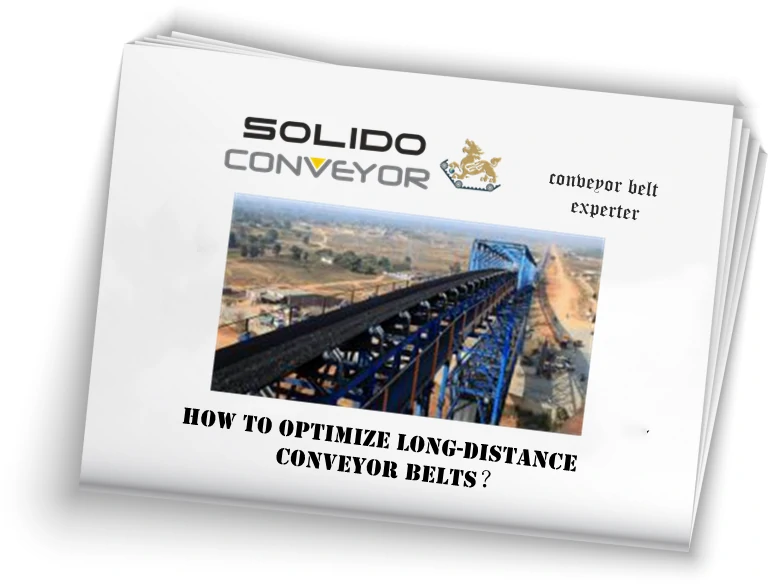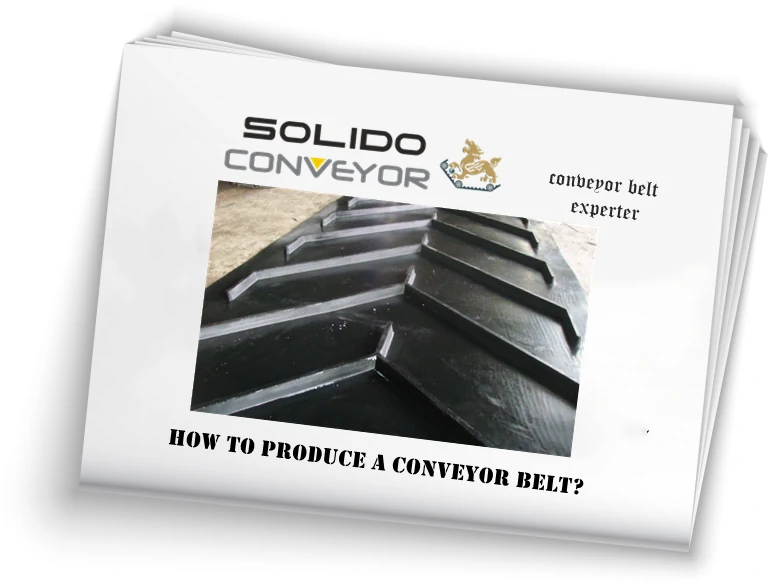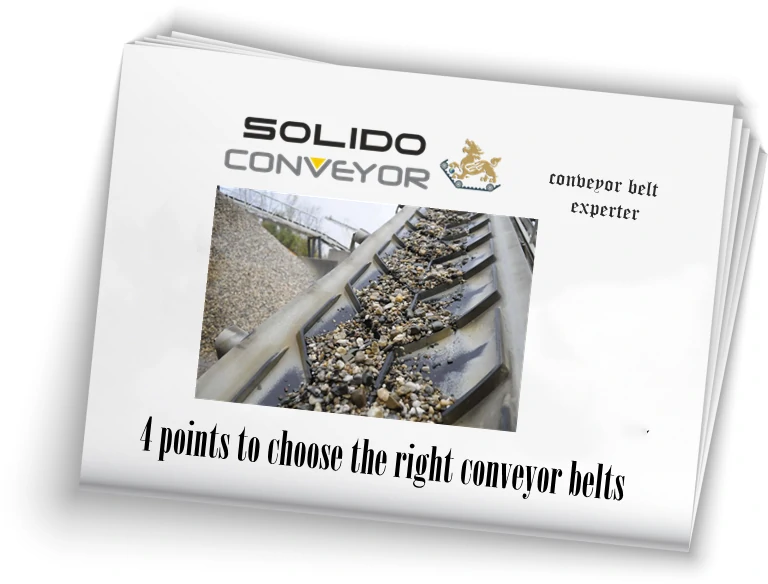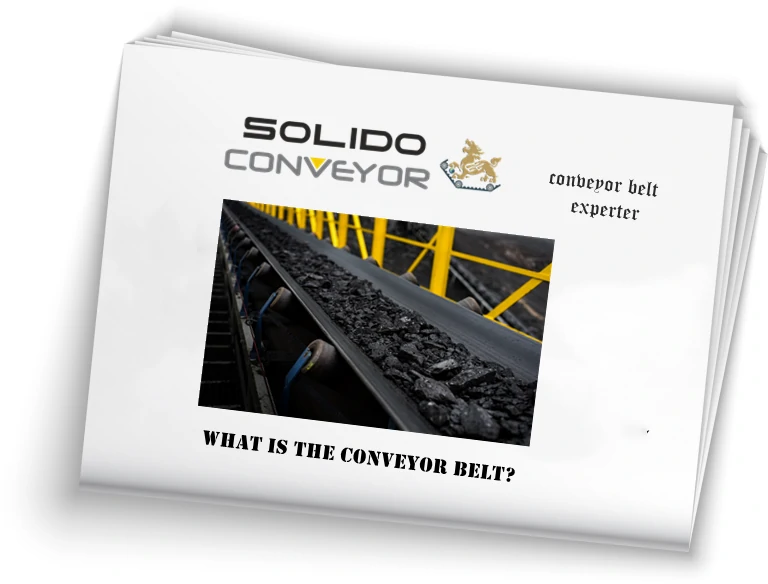How to choose reliable suppliers of rubber conveyor belts?
Manufacture of conveyor belts:
How to Choose a Reliable a reliable Suppliers of Conveyor Belts? Key Considerations as follows:
Rubber conveyor belts are extensively used in various industries such as mining, food processing, chemical production, and more. China is a major manufacturer of rubber conveyor belts, and there are numerous suppliers available. Selecting a trustworthy Chinese supplier for rubber conveyor belts is crucial. Here are some key points to consider when making your choice:
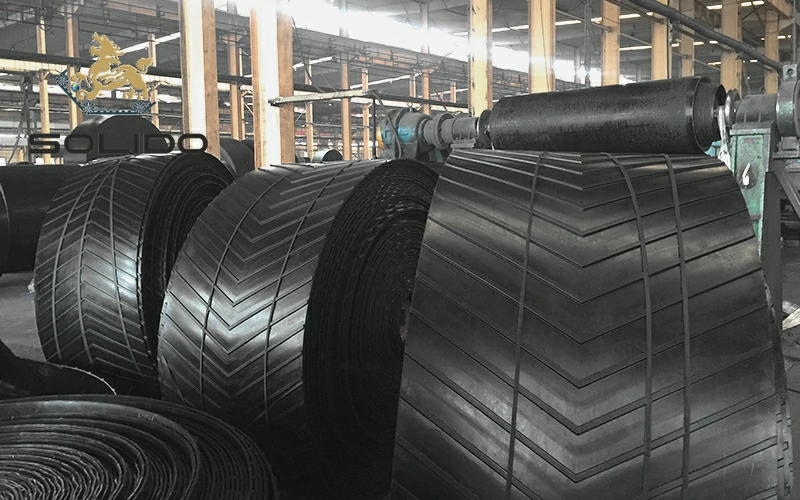
1) Quality: It’s advisable to purchase high-quality products from a reputable company. Research the company’s reputation and track record by visiting their website or contacting them directly. A company with an excellent reputation and good customer service is likely to provide you with high-quality products at competitive prices.
2) Price: Ensure that you receive value for your money when buying rubber conveyor belts. Check for any available discounts or special promotions on the product price. Additionally, consider factors like free shipping to optimize your purchase.
3) Service: Don’t overlook the importance of after-sales services. Inquire about the warranty duration and if the supplier offers repair services. A reliable company will readily provide you with all the necessary information.
4) Reputation: Investigate the company’s history and standing within the industry. Are they well-known? What kind of feedback do they receive from customers? Look for any negative information or reviews online to gain deeper insights before making a decision.
5) Payment Methods: Before placing an order, ensure that the supplier accepts credit card payments. Some companies only accept cash payments to maintain control over their inventory and prevent fraud.
6) Ordering Process: Once you’ve identified a suitable supplier, place your order through their website. Thoroughly review the terms and conditions, and if you have any queries, reach out to the company directly for clarification.
7) Delivery Time: After payment confirmation, expect an email from the supplier acknowledging receipt of your order. However, be aware that immediate delivery is not guaranteed. Depending on the order size, it may take between 15 and 45 business days for delivery.
8) Return Policy: Every company should have a clear return policy. Understand the process for canceling an order or changing your mind. Are there any return fees? Can you exchange the product? Determine the timeline for receiving a refund.
9) Warranty: A reputable supplier will provide a warranty for their products. Familiarize yourself with the warranty coverage and duration. If you have any doubts, seek clarification directly from the company.
10) Shipping Costs: Most suppliers charge a fixed shipping fee regardless of the package weight. Others may factor in weight and the destination country. Consider express delivery services as they are often cheaper than standard shipping, although they may take longer.
11) Price Comparison: Compare prices from multiple suppliers to secure the best deal. It’s recommended to buy from a reputable company even if their prices are slightly higher, as they often offer better overall value.
12) Product Quality: Check customer reviews to gauge satisfaction levels. Do customers provide positive or negative feedback? Evaluate the company’s customer service and support.
Understanding your specific needs is the first step in choosing a reliable suppliers of conveyor belts. If you require a large quantity, opt for a manufacturer with the capacity to fulfill such orders. Alternatively, if you need a few items, consider purchasing from multiple manufacturers.
Once you’ve determined the product type, focus on finding a manufacturer that offers competitive pricing. Compare prices with similar products from other manufacturers and verify if the quoted price includes all applicable taxes and duties.
Ensure the supplier provides comprehensive after-sales support, including assistance with any product issues, free technical advice, and installation information.
Finally, establishing a strong relationship with the supplier fosters trust and enables effective communication. A reputable manufacturer will appreciate this and strive to meet your expectations.
If you’re looking for a new conveyor belt or belt maintenance services, we are offering customized conveyor belt consultation and manufacture to installation and repair based on various applications.
Have any questions? Contact your SOLIDOBELT today to learn more.
